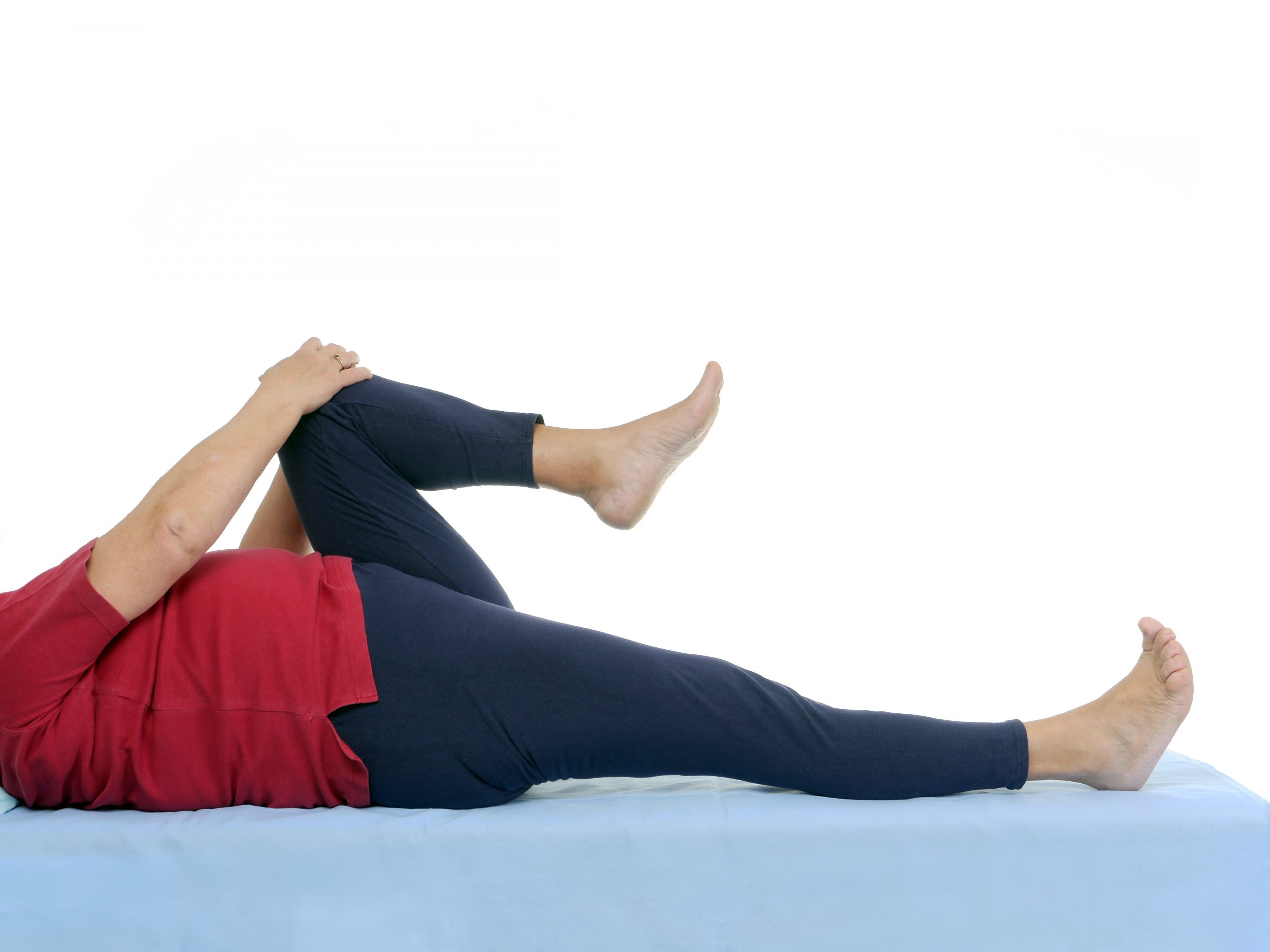The Smarter Exercise To Develop Hip Mobility
2024-07-7
There is so much emphasis on hip mobility and health on the internet, but it can be overwhelming to know which drills are really effective and which ones aren’t quite worth the effort. What the industry overall has to do a better job of helping people distinguish is what we are looking for in the most productive hip mobility exercises.
Our hips are one of the areas of our body with the most movement available to them. Outside of the shoulders, the hips are another ball and socket joint with a great deal of movement available to them. We can extend, flex, abduct (the leg moves away from the body), adduct (the hip moves inwards to the body), and rotate. Not only can it do all these things, it can do so with a large amount of ranges in each.


Many times, when people try to improve hip mobility they focus on just ONE aspect of the hip movements. While it is possible to see some improvements when one does use such a strategy it is FAR more effective to train the hips in a more integrated and natural way.
What do I mean?
It is very unusual for your hip to only perform one of its patterns at a time in real life. Usually, the hip uses multiple patterns at once to make our complex movements fluid. Understanding this, we should aim to use exercises that utilize these same principles.
However, we ALSO have to appreciate that hip mobility is NOT only a function of the joint itself. When people refer to mobility as joint mobility, this is often misunderstood as thinking that the joint we are targeting is the only thing moving. Hip mobility is influenced by other factors such as muscles, tendons/ligaments, connective tissue, and even the nervous system.
Knowing this, it makes us see what we should be emphasizing in our hip mobility training a bit differently. Especially when we add in one more element which is the kinetic chain of our lower body can impact our hip mobility.

The foot, for example, impacts the hip as this 2012 review states, “Foot pronation is believed to contribute to the development of lower limb overuse injury. Reduced glute medius activity and associated lumbopelvic–hip complex instability is also linked to the development of lower limb injury.” (1)
We also know that the next joint, the ankle, also creates influence on the hip. This 2019 paper explains, “chronic ankle instability could be associated with some proximal deficits as in hip and knee regions. these deficits include alternations in motor neurons pools excitability, muscle strength, kinematics and kinetics.” (2)
Core stability also plays a big role in helping hip mobility as well. Controlling our core movement along with using concepts like breath work can all help improve hip mobility even without actually moving the hip research has found that core work can help hip mobility. This 2012 study found, “No hip stretches were given or discussed, yet passive hip rotation improved, highlighting the potential role of including core stabilization or proximal stiffening training when rehabilitating the distal extremities.” (3)
This means there are ways that can really have a bigger impact on our hip mobility efforts than sitting there and just trying to crank on the joint itself. Knowing this should be empowering and not overwhelming especially when you see how we can apply these concepts in rather simple means as I break down below in one of the very best ways to improve mobility.
See how we put all this together in an effective form of training will teach you the difference we can make and how accessible smart training can be in developing better results.
References:
- Barwick, Alex, Josephine Smith, and Vivienne Chuter. “The relationship between foot motion and lumbopelvic–hip function: A review of the literature.” The foot 22.3 (2012): 224-231.
- Tahoon, Afaf, et al. “Flexibility deficit in chronic ankle instability.” Case Medical Research (2019).
- Moreside, Janice M.1; McGill, Stuart M.2. Hip Joint Range of Motion Improvements Using Three Different Interventions. Journal of Strength and Conditioning Research 26(5):p 1265-1273, May 2012. | DOI: 10.1519/JSC.0b013e31824f2351
© 2026 Ultimate Sandbag Training. Site by Jennifer Web Design.







